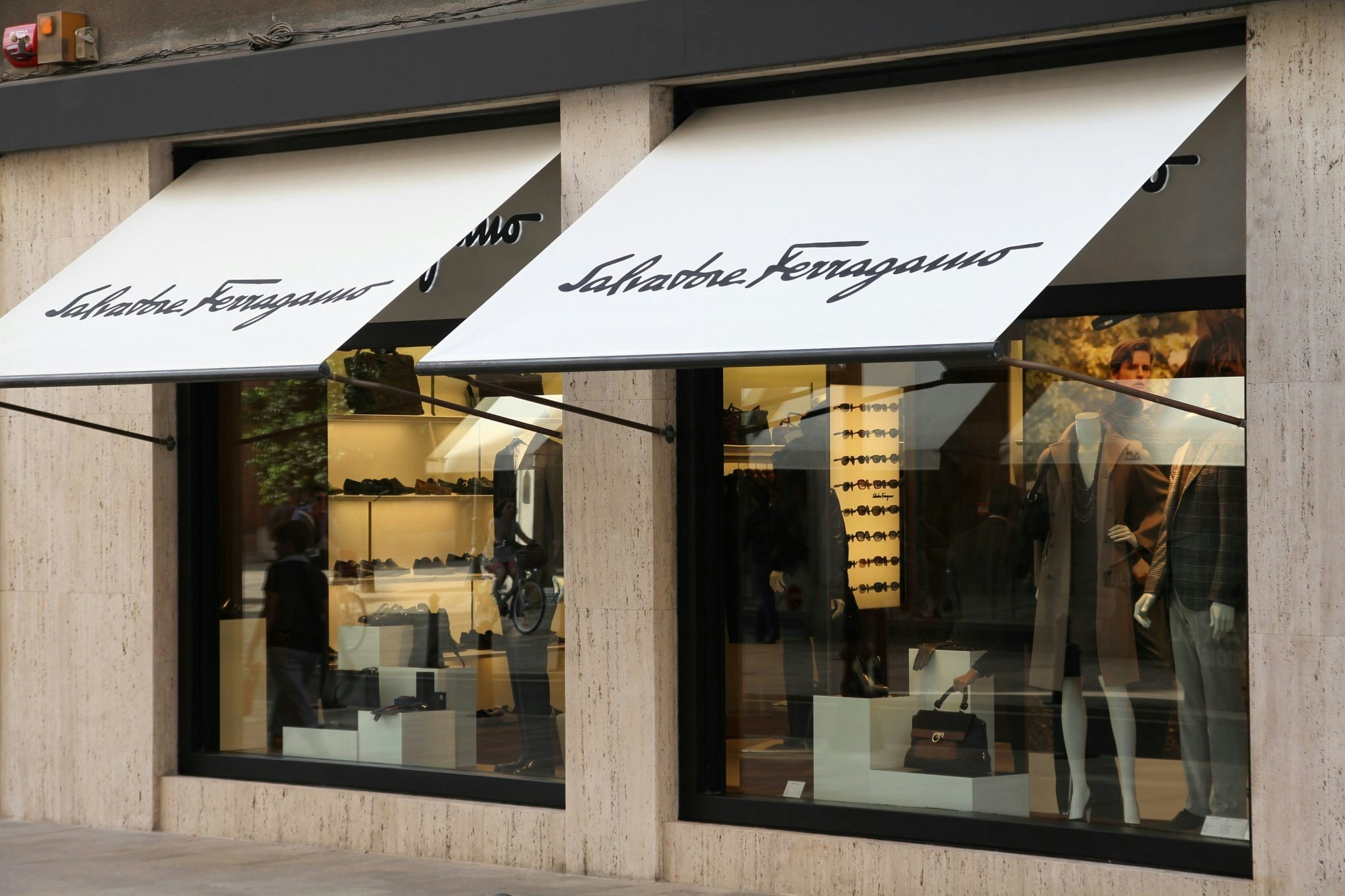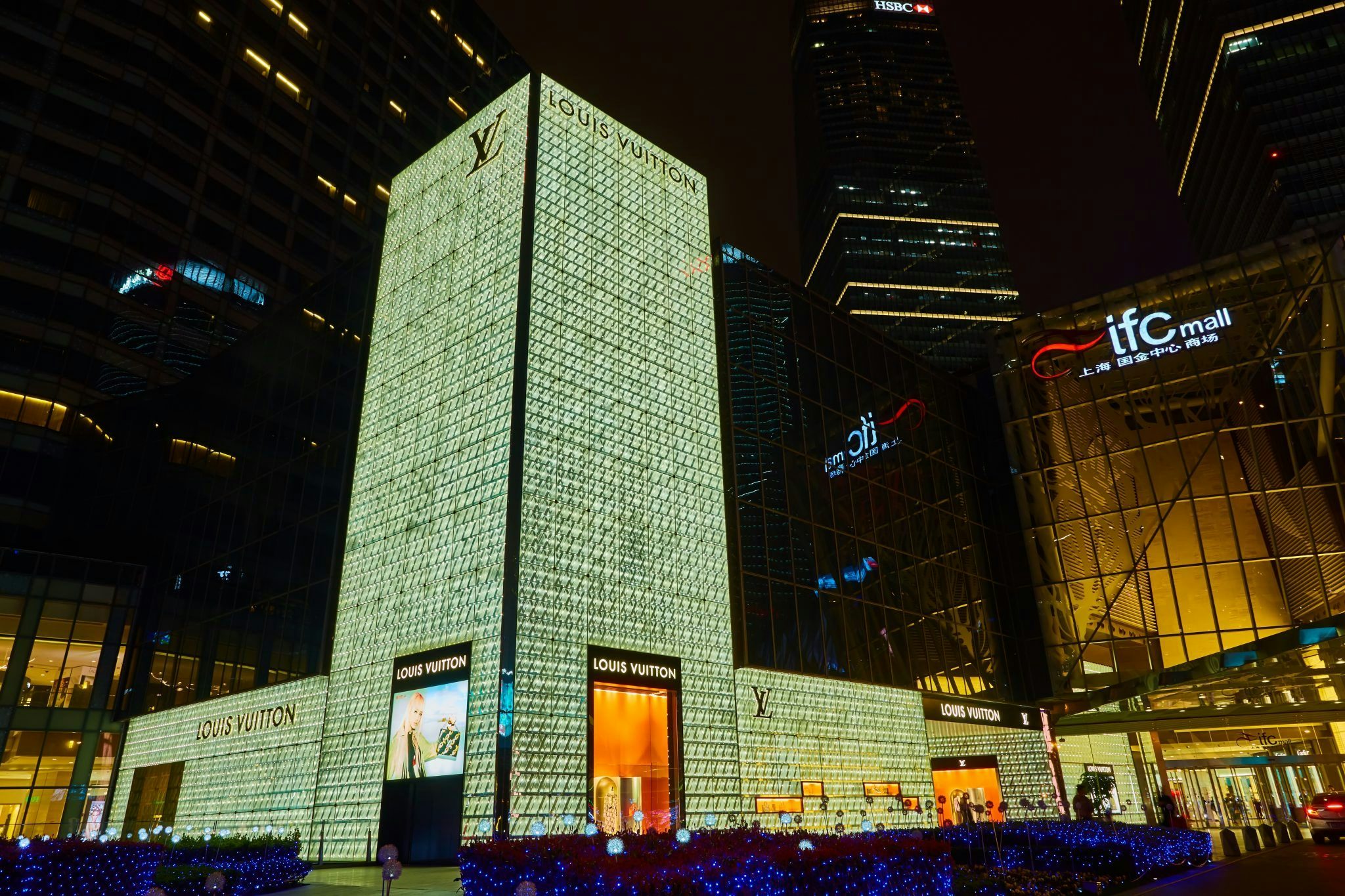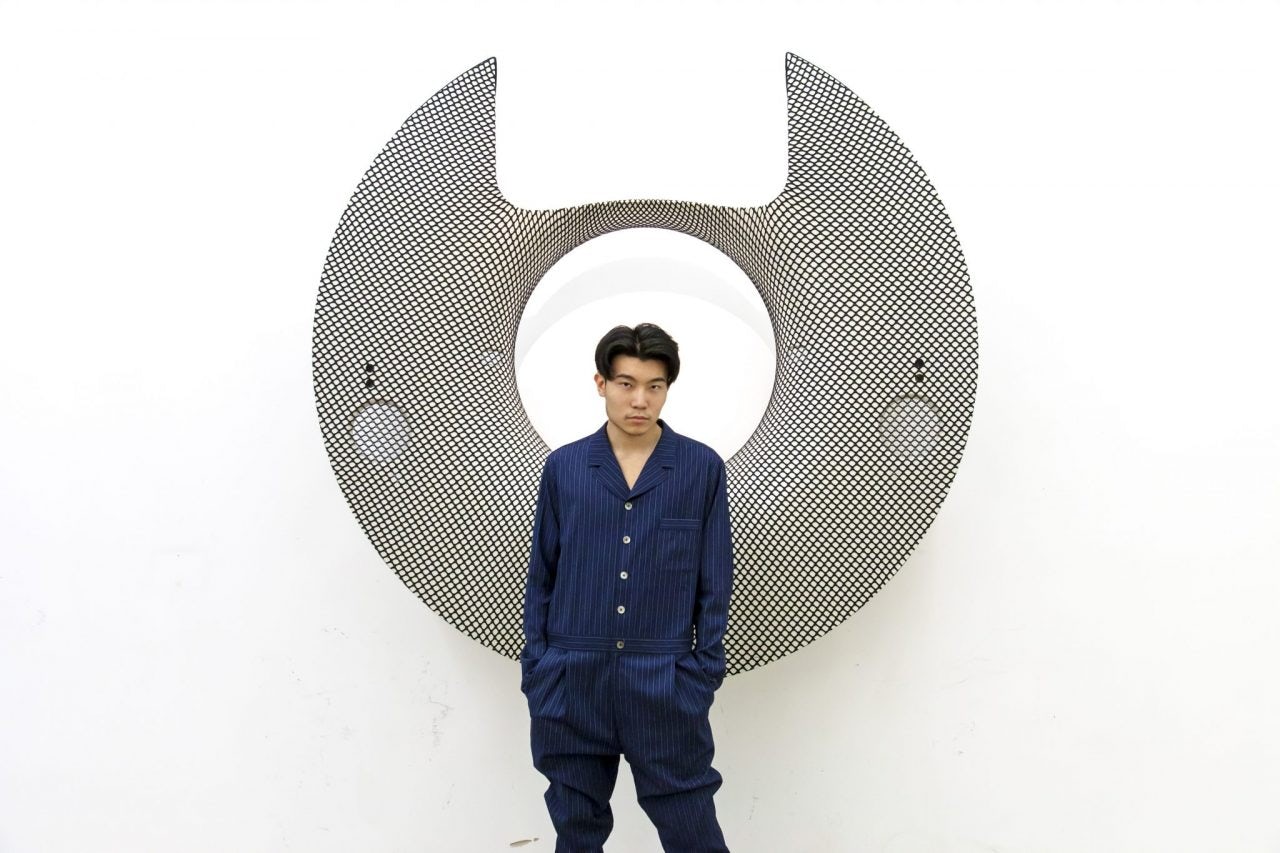Amid a wave of store closings in the luxury industry around the world, China has recorded the most number of closures between July 2016 and July 2017, the latest report by the investment research and management company Bernstein shows.
The report, titled "Store Wars," based its findings on Bernstein's tracking of about 7,000 stores referring to 36 luxury brands including big names such as Burberry, Saint Laurent, and Céline. Burberry and Dunhill had the most store closures in China of all the brands during that period.
China has seen 62 net closures of luxury brand stores during the surveyed period, the largest number observed by Bernstein among all significant geographies. The firm viewed the trend as a revision of the over-expansion, in previous years, of luxury brands into the Chinese market.
The rapid development of the country's luxury industry fueled by affluent Chinese consumers has given luxury brands unrealistic projections of retail sales in the past. This over-estimation, according to Bernstein, has led them to aggressively open retail stores in China that exceeds consumers' real purchasing power. The same situation occurs in the Middle East region, another area where luxury consumption is rising fast.
Globally, the number of the net store openings by luxury brands has also for the first time run into the negative territory. The report said most brands have more or less closed some of their stores in the department stores, a traditional channel that accounts for about one-third of these brands' global sales.
This revision, spearheaded by luxury labels such as Dunhill and Burberry in the Chinese market, is not all bad news. According to the consulting firm Bain & Company, China still has a lot of untapped potential for luxury brands. Therefore, the revision rather reveals how these brands have deepened their understanding of Chinese markets and consumers and adjusted their strategy to adapt to the local realities.
Chinese consumers have demonstrated some remarkedly different purchasing behaviours from that of the West. Jing Daily previously reported that when it comes to shopping luxury items offline, Chinese buyers like to go to high-end brick-and-mortar stores in the first-tier cities like Beijing, Shanghai and Shenzhen.
Another distinguishing habit that sets Chinese luxury consumers apart from Westerners is their huge interest in buying luxury items online. Over the past year, an increasing number of luxury brands have embraced the e-commerce marketplace and launched stores with the country's top two players, Alibaba and JD. Moreover, big names like Louis Vuitton and Gucci even opened their own Chinese e-commerce stores to ensure their offerings meet the expectations of Chinese consumers. And then there's the nature of luxury itself, the meaning of which is different to younger consumers from what it was to their forebears.
Going forward, Bernstein expects to see fierce competition between the established luxury brands and emerging ones in the luxury retailing world, and the ability to identify themselves with the consumers will be the key to determine the winners and the losers.
"Competition is set to become fiercer with more and more emerging brands gaining recognition and credibility," says the report's author. "We are convinced that brands with a well-balanced geographic store network and an omni-channel approach can have a competitive edge."



